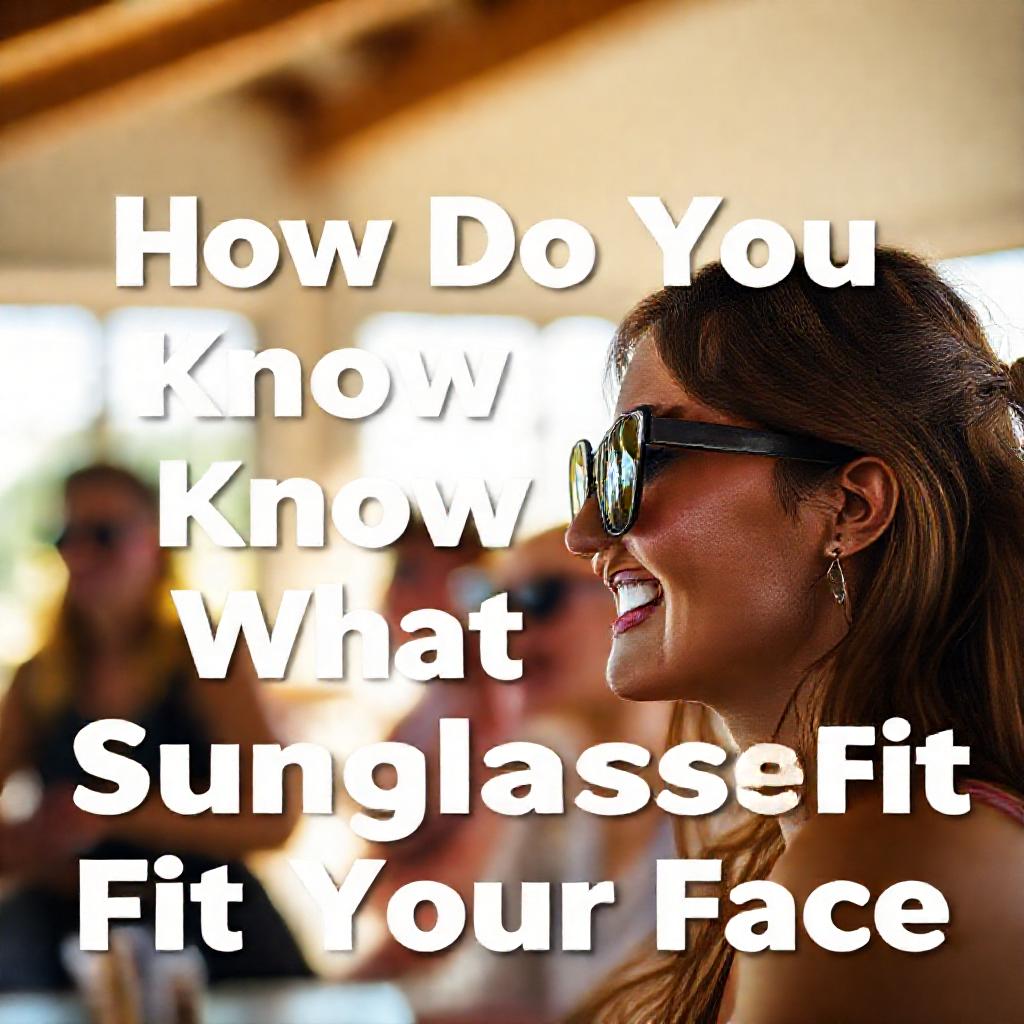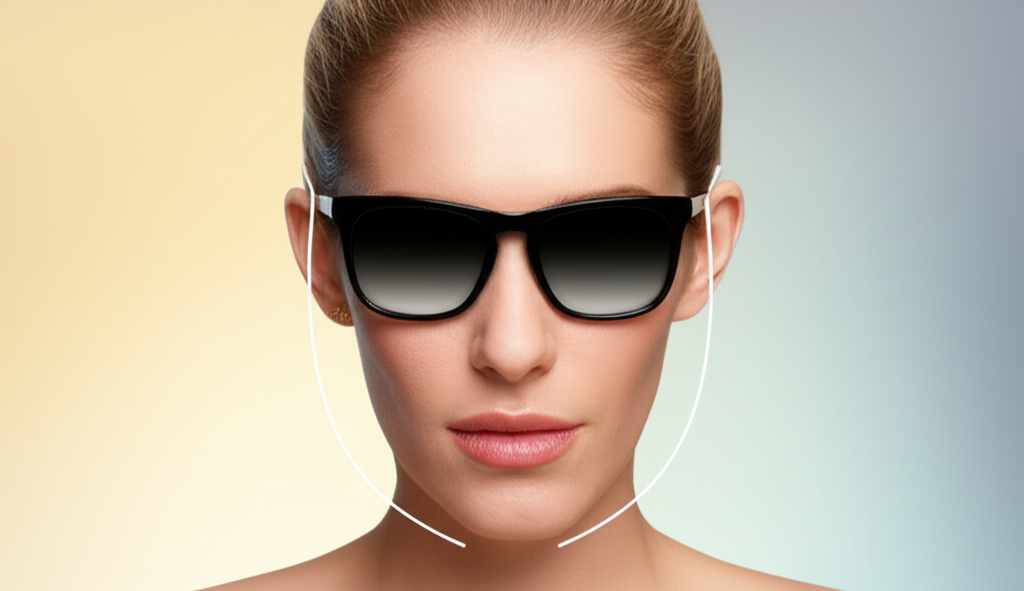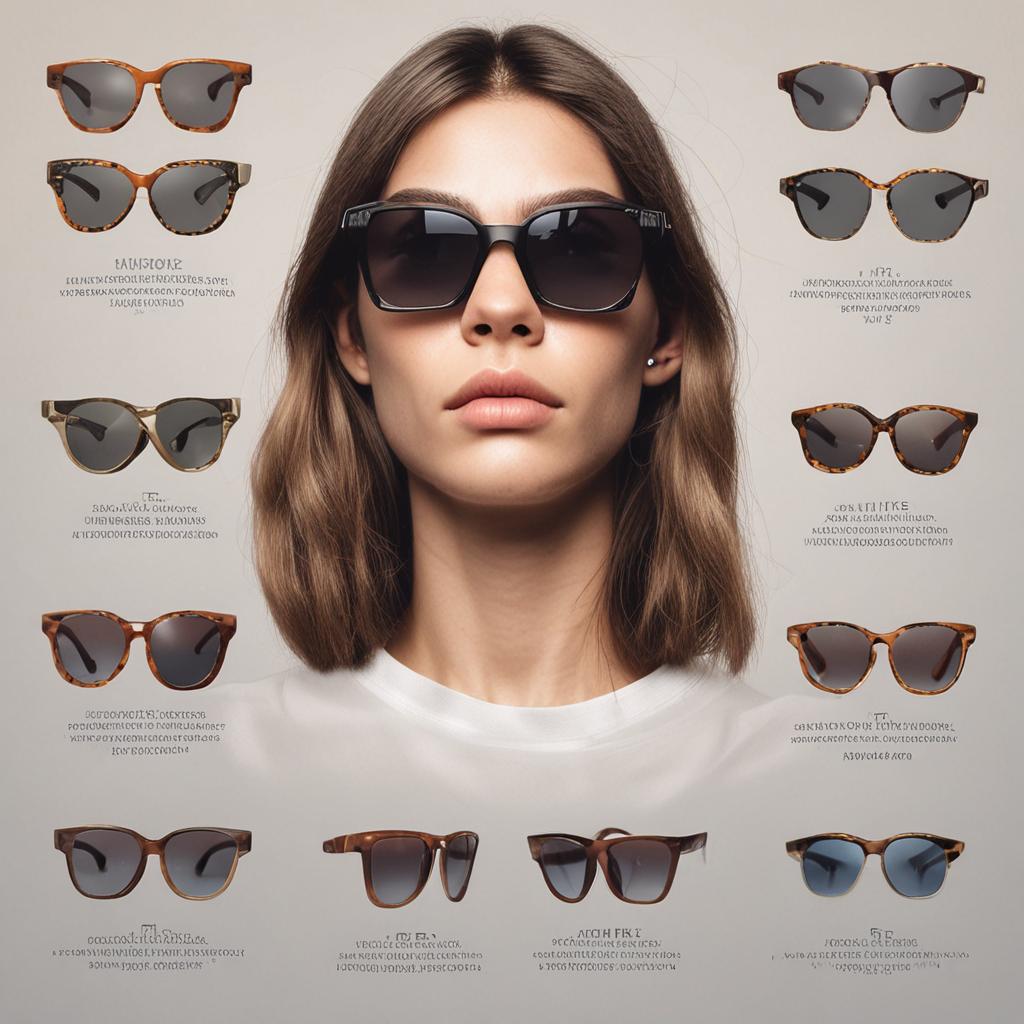How Do You Know What Sunglasses Fit Your Face

Sunglasses are more than just a fashion statement—they’re a crucial accessory for protecting your eyes from harmful UV rays while enhancing your overall style. However, choosing the wrong pair can lead to discomfort, poor vision, and a look that doesn’t complement your features. Many people prioritize trends over fit, ending up with sunglasses that slip, pinch, or simply don’t suit their face shape. The good news? Finding the perfect pair isn’t as challenging as it seems. By understanding your face shape, taking accurate measurements, and knowing which styles work best for you, you can confidently select sunglasses that fit flawlessly. In this guide, we’ll walk you through the steps to ensure your next pair of sunglasses is both stylish and functional.
Understanding Your Face Shape
The 5 Most Common Face Shapes
Your face shape plays a significant role in determining which sunglasses will look best on you. Here’s a quick breakdown of the most common face shapes:
- Oval Face: Balanced length and width; tapers at the jawline.
How to Identify Your Face Shape
To determine your face shape, start by measuring the width of your forehead, cheekbones, jawline, and the length of your face. Use a mirror or take a front-facing photo for a clearer view. Compare these measurements to the descriptions above to find your match. This simple self-assessment will help you choose sunglasses that enhance your natural features.
Key Measurements for Sunglasses Fit
Temple Length (Ear to Ear)
The temple length is crucial for ensuring your sunglasses stay securely in place. Measure from the hinge of the frame to the tip of the temple arm. If it’s too short, the sunglasses will pinch; if it’s too long, they’ll slide down. Use a ruler or an existing pair of glasses as a reference.
Lens Width and Height
Lens size should complement your face width and proportions. Oversized lenses can overwhelm narrow faces, while undersized lenses may look out of place on wider faces. Aim for a lens width that aligns with the width of your face for a balanced look.
Bridge Size (Nose Fit)
The bridge of the sunglasses sits on your nose, so it’s essential to get this measurement right. A bridge that’s too narrow will pinch, while one that’s too wide will cause the glasses to slip. Measure the distance between your eyes to find the perfect fit.
Frame Thickness and Weight
Thin frames work well for delicate features, while thicker frames can add definition to softer faces. Lightweight materials like titanium or acetate ensure comfort during prolonged wear, making them ideal for everyday use.
Sunglasses Styles That Complement Your Face Shape
Oval Faces: Versatile and Balanced
Oval faces can pull off almost any style, from cat-eye to aviator frames. Avoid overly narrow or wide frames to maintain balance.

Round Faces: Go Angular for Definition
Rectangular or square frames add structure to round faces. Steer clear of round or curved frames that blend into your natural shape.
Square Faces: Soften with Rounded Edges
Oval or round frames soften strong jawlines, while boxy frames should be avoided to prevent amplifying angular features.
Heart-Shaped Faces: Frame the Focus
Cat-eye or aviator styles widen the chin and balance cheekbones. Large frames can overwhelm the upper face, so opt for moderate sizes.
Oblong Faces: Opt for Width
Narrow or rectangular frames add horizontal balance to oblong faces. Avoid bulky frames that elongate the face further.
Diamond Faces: Prioritize Symmetry
Round or oval frames soften sharp angles. Narrow or angular frames accentuate cheekbones and should be avoided.
Practical Tips for Trying On Sunglasses
Adjust the Fit for Maximum Comfort
Ensure the temple arms and nose pads are adjusted to prevent slipping or pressure points. The frames should sit evenly on your face and temples.

Test in Real-World Conditions
Try on sunglasses in bright light to assess coverage and glare reduction. Simulate movement to test stability and comfort.
Consider the Material and Flexibility
Materials like plastic, metal, and hybrids each have pros and cons. Flexible frames, such as those made from TR90, offer durability and comfort.

Common Mistakes to Avoid When Choosing Sunglasses
- Prioritizing trends over face shape.
Frequently Asked Questions (FAQ)
What if my face doesn’t fit into one of the five common shapes?
Most people fall into one of these categories, but unique shapes can be matched with hybrid styles.
Are adjustable nose pads worth it for a perfect fit?
Yes, they accommodate varying nose bridge sizes and improve stability.
How do I measure sunglasses without a ruler?
Use a credit card (approx. 3.375 inches in length) as a reference for lens width.
Do expensive sunglasses always fit better?
Not necessarily; high-quality materials matter, but budget-friendly options can also fit well.
Can I make my sunglasses fit better after purchase?
Yes, professional adjustments or DIY techniques like using a hairdryer for minor tweaks can improve the fit.
Conclusion: Your Guide to Flawless Sunglasses Fit
Finding the perfect pair of sunglasses doesn’t have to be a challenge. By identifying your face shape, taking accurate measurements, and choosing complementary styles, you can ensure a flawless fit. Always prioritize comfort and UV protection over fleeting trends. For the best results, visit a store with a wide selection to experiment with different styles and measurements. With these tips, you’ll be ready to step out in sunglasses that look great and feel even better.
